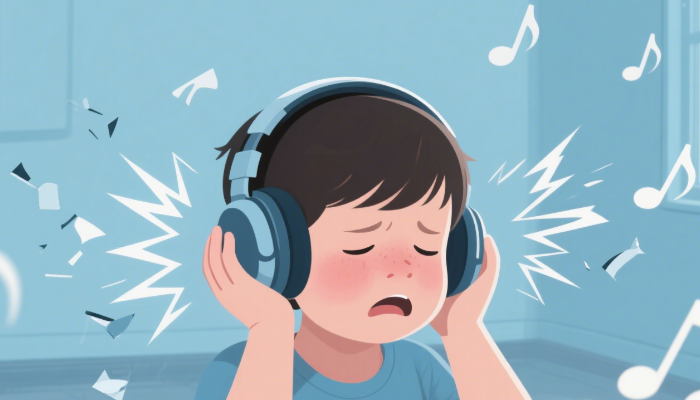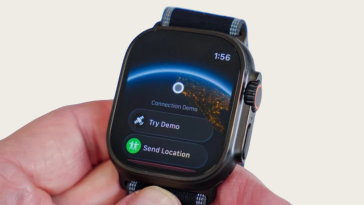Noise-cancelling headphones have become indispensable for many in 2025, offering a sanctuary from the relentless noise pollution of modern life. However, the booming market is riddled with consumer pitfalls that can turn your audio oasis into a frustrating experience. Here, we expose the five most common traps buyers fall into when shopping for noise-cancelling headphones—helping you avoid costly mistakes and truly enjoy the benefits of this technology.
1. The “Pseudo” Noise Cancelling Trap
Not all noise cancellation is created equal. Many budget-friendly models advertise noise cancelling but only offer passive noise isolation or rudimentary noise reduction that falls short of true Active Noise Cancelling (ANC). For example, some earbuds rely solely on physical sealing without the electronic processing that cancels ambient noise. While these may reduce some background sounds, they don’t provide the immersive silence that genuine ANC delivers.
2. The “Ear Pressure Assassin”
A lesser-known but common issue with ANC headphones is the sensation of ear pressure or discomfort, sometimes described as an “ear pressure assassin.” This occurs because ANC technology creates sound waves that can trick your ears into feeling a vacuum or pressure imbalance. This can cause fatigue or headaches during extended use, especially with poorly tuned or overly aggressive noise cancellation algorithms. High-end models often address this with advanced tuning and adaptive ANC, but cheaper options may leave you suffering.
3. Battery Life Overpromises
Strong ANC requires power, and many consumers are lured by claims of long battery life without considering real-world usage. High-performance ANC headphones often have shorter battery spans due to the energy demands of noise cancelling circuits. Some models may advertise 30+ hours, but actual ANC-on playback time can be significantly less. Additionally, frequent charging cycles and battery degradation over time can diminish performance, frustrating users who expect all-day use without interruption12.
4. Overly Sensitive Touch Controls
Many wireless ANC earbuds and headphones incorporate touch controls for convenience, but these can be a double-edged sword. Overly sensitive touch panels may cause accidental pauses, skips, or volume changes, especially during workouts or when adjusting fit. This can disrupt the listening experience and become a source of annoyance. While some flagship models refine this feature, budget models often struggle with reliable touch control implementation34.
5. Premium Price, Marginal Gains
The noise-cancelling headphone market is flooded with premium-priced models promising superior sound, comfort, and technology. However, the incremental improvements between generations or competing brands can be subtle. For instance, the jump from Sony’s WH-1000XM5 to WH-1000XM6 offers better ANC and comfort but may not justify the higher price for all users. Savvy consumers should weigh whether the premium cost aligns with their actual usage needs and budget constraints.
Final Thoughts
Noise-cancelling headphones can transform your listening experience, offering peace, focus, and audio clarity in a noisy world. Yet, navigating the market requires awareness of these common traps—from fake ANC claims to ear pressure issues and battery limitations. By understanding these pitfalls, you can make informed choices, ensuring your investment truly delivers the quiet and quality you seek.





 No products in the cart.
No products in the cart.